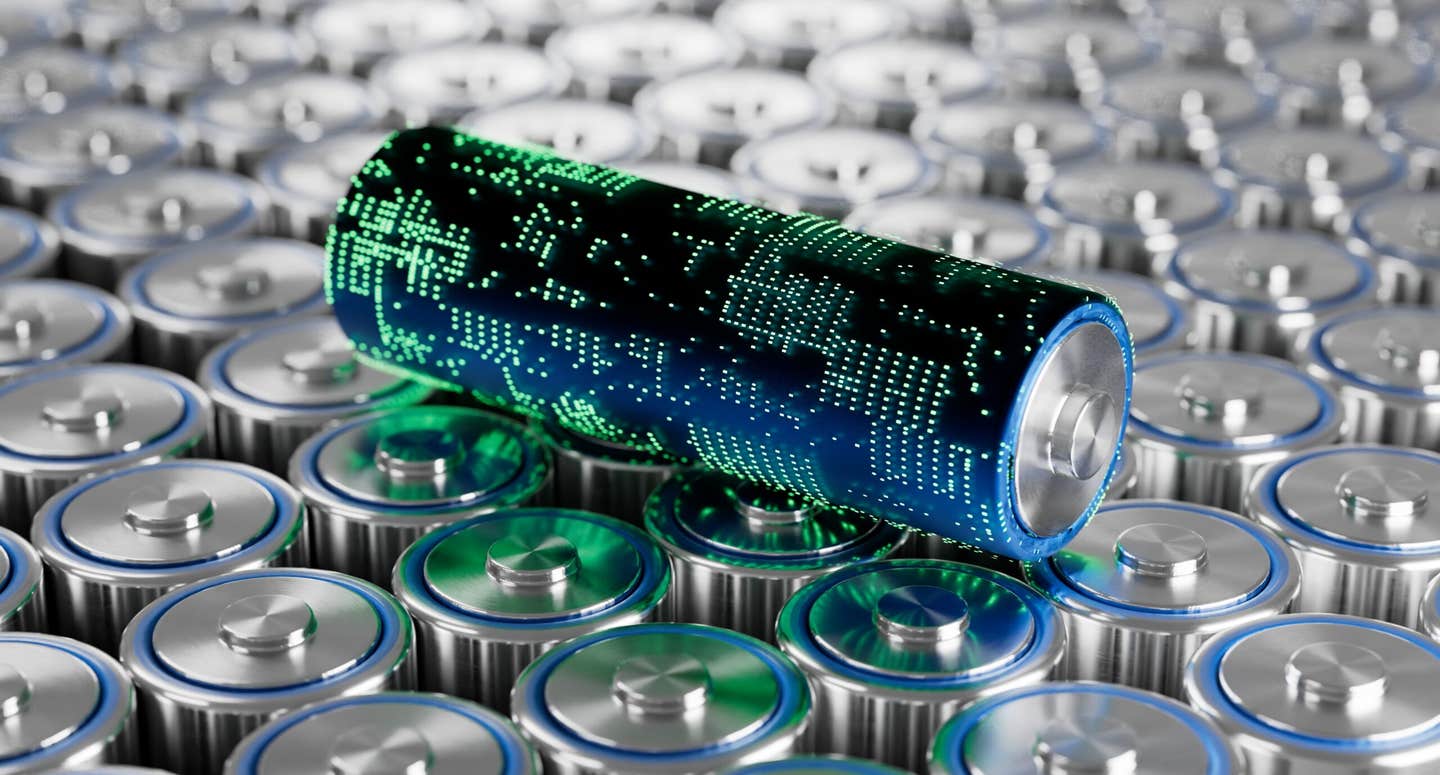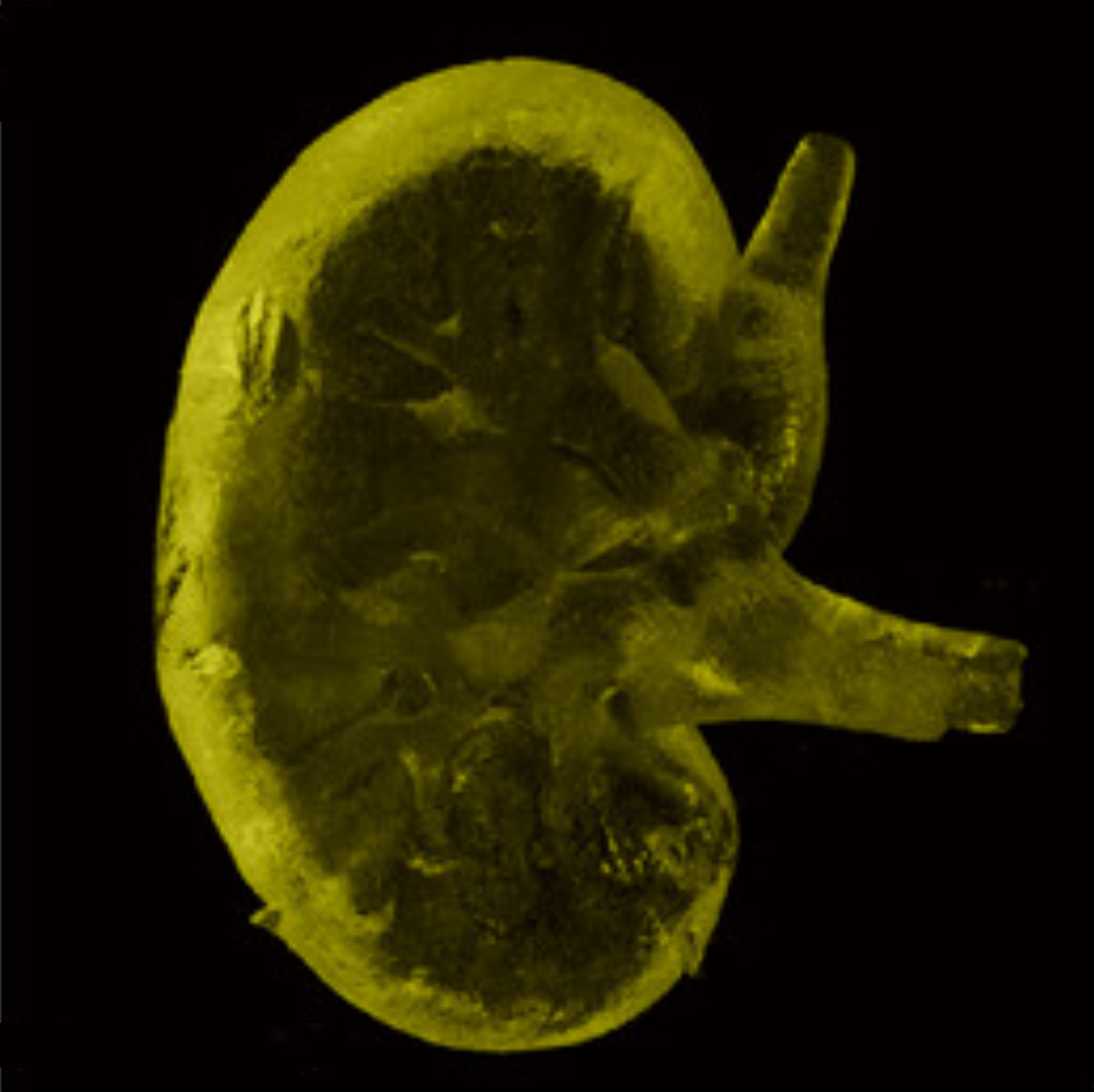Generative AI designed 5 new battery materials – more powerful and sustainable than lithium
Lithium-ion batteries power our modern world, but their costs and environmental impact are growing. Now, a powerful dual-AI system has solved a key challenge.

Scientists teach AI to dream up new materials for revolutionary batteries. (CREDIT: Shutterstock)
The phone in your pocket and the electric car on your street likely run on lithium-ion batteries. These power packs truly changed our world. They made our gadgets portable and our vehicles cleaner. But lithium is starting to show its cracks. The element is expensive to mine. It is found in only a few places on Earth. Our growing demand makes it increasingly unsustainable. This has created a critical challenge for our energy future.
Scientists are racing to find better alternatives. They need batteries made from cheaper, more abundant elements. Researchers from the New Jersey Institute of Technology (NJIT) have made a breakthrough. They are using artificial intelligence to solve one of battery science’s toughest problems.
In work published in Cell Reports Physical Science, the team reveals a new path forward. They used generative AI to discover novel materials. These materials could make powerful new batteries a reality. These next-generation systems move beyond lithium. They use common elements like magnesium, calcium, aluminum, and zinc. This could revolutionize energy storage as we know it.
A More Powerful Charge
The next generation of batteries looks to a different class of materials. They rely on what scientists call multivalent ions. This may sound complex, but the idea is simple. Lithium ions carry a single positive charge. Think of it as a tiny energy packet.
Multivalent elements like magnesium or aluminum can carry two or even three positive charges. That means each ion packs more of an energy punch. This translates directly to batteries that can store significantly more energy. This makes them incredibly attractive for our future power needs.
However, there is a catch. These powerful ions come with a downside. They are physically larger and carry a greater electrical charge. This makes them sluggish and difficult to move through battery materials. For a battery to work well, ions must flow freely. They need to travel from one electrode to another and back again. The bulkiness of multivalent ions causes a traffic jam at the atomic level. They can damage the battery’s internal structure over time. This challenge has been a major roadblock for decades.
Related Stories
- Proton batteries offer safer, faster charging than lithium-ion
- Safer, low-cost alternative to lithium batteries could bring electricity to a billion underserved people
- Fast-charging lithium-sulfur battery revolutionizes EVs and eVTOL aircraft
Finding the right host material is the key. Scientists need a substance with a very specific internal structure. It must have wide, open channels, like tiny tunnels. These tunnels would allow the bulky ions to move without getting stuck. The material must also be strong enough to withstand the stress of ions moving in and out. The number of potential materials is astronomical. Trying to discover the right one is a classic “needle in a haystack” problem.
The Search Becomes Impossible
The search for new materials has traditionally been slow. Experimental chemists might try mixing different elements in a lab. This trial-and-error approach can take years. It yields very few successful results. There are simply too many combinations to test. “One of the biggest hurdles wasn’t a lack of promising battery chemistries — it was the sheer impossibility of testing millions of material combinations,” explained Professor Dibakar Datta, who led the NJIT study.
To speed things up, scientists turned to computers. Powerful simulation techniques like density functional theory (DFT) can predict material properties. These methods are very accurate. However, they are also incredibly slow. Testing even one complex structure can take massive amounts of computing power. Screening millions of candidates was still out of reach. The haystack was just too large for even supercomputers to search effectively.
This is where the NJIT team saw an opportunity for a new approach. They needed a tool that could navigate the vast landscape of materials quickly. It needed to be smart enough to ignore dead ends. It had to identify promising candidates with precision. “We turned to generative AI as a fast, systematic way to sift through that vast landscape and spot the few structures that could truly make multivalent batteries practical,” Datta said.
A Dual-AI Approach to Discovery
The researchers developed a novel, two-part AI system. It combines the strengths of two different types of generative AI. This dual strategy allowed them to explore thousands of new possibilities at incredible speed. It was a task previously thought impossible with lab experiments or older computational methods.
The first part of the system is a Crystal Diffusion Variational Autoencoder (CDVAE). Think of this AI as a creative architect. The team trained it on huge databases of known, stable crystal structures. By learning the fundamental rules of how atoms arrange themselves, the CDVAE can dream up completely new materials. It generates a wide range of diverse and plausible crystal structures. It proposes blueprints for materials that have never existed before.
The second part of the system is a fine-tuned Large Language Model (LLM). You can think of this AI as a practical engineer. While the CDVAE generates many creative designs, not all of them are useful. Some might be too unstable to exist in the real world. The LLM’s job is to analyze these designs. It was specially trained to understand scientific data about materials and quickly evaluates the AI-generated structures. It zeros in on the ones that are closest to thermodynamic stability. This is a critical factor for ensuring a material can actually be synthesized and used.
Together, these AIs formed a powerful discovery engine. The architect proposed new ideas. The engineer filtered them for practicality. “This approach allows us to quickly explore thousands of potential candidates, dramatically speeding up the search for more efficient and sustainable alternatives to lithium-ion technology,” Datta noted.
Uncovering Five New Materials
The dual-AI system worked better than the team had hoped. It rapidly sifted through the possibilities. It identified five entirely new materials that showed exceptional promise. These were not just slight variations of known substances. They were completely novel transition metal oxide structures. These unique compounds are ideal candidates for multivalent-ion batteries.
“Our AI tools dramatically accelerated the discovery process, which uncovered five entirely new porous transition metal oxide structures that show remarkable promise,” said Datta. What makes them so special is their internal architecture. The AI specifically designed them to be porous. “These materials have large, open channels ideal for moving these bulky multivalent ions quickly and safely, a critical breakthrough for next-generation batteries.”
After the AI proposed the five structures, the work was not over. The team needed to confirm the AI's predictions. They used rigorous quantum mechanical simulations to validate the designs. These tests confirmed that the AI-generated materials were not just theoretical fantasies. They were thermodynamically stable. This means they could likely be synthesized in a real-world laboratory. The simulations also confirmed their excellent properties for ion transport.
Next Steps
With these exciting results, the path is now clear for the next step. Datta and his colleagues plan to collaborate with experimental labs. Their goal is to create these five materials physically. Testing them in actual battery prototypes will be the ultimate proof of concept. This work pushes us closer to a future of commercially viable multivalent-ion batteries. It could be a future powered by cheap, abundant, and safe materials.
The impact of this research extends far beyond just one type of battery. The method itself is a major advancement for science. Datta emphasized the broader implications of their AI-driven approach: “This is more than just discovering new battery materials — it’s about establishing a rapid, scalable method to explore any advanced materials, from electronics to clean energy solutions, without extensive trial and error.”
This powerful AI toolkit could soon be used to design materials for solar panels, catalysts, or next-generation computer chips, accelerating innovation across countless fields.
Note: The article above provided above by The Brighter Side of News.
Like these kind of feel good stories? Get The Brighter Side of News' newsletter.



